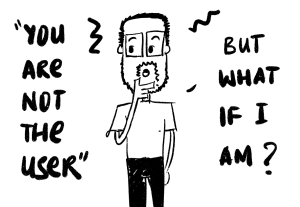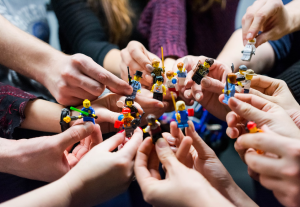- Behavioral Science, Customer Experience, Design, Design Theory, Usability, UX Education, UX Magazine
“You are not the user!” This is what designers are supposed to be telling themselves. But this is the real question: “Are they really?” Here is what we’re about to find out!
Article by Roshan Raju
“You are not the user!!!”- Really?
- The author questions the statement “You are not the user” and believes it to produce false-consensus effect.
- If you might be a user of something you are designing for, it may be unnecessary to completely exclude yourself from the target audience and rely totally on the user-research insights. It might be better to design for both Noob and Nerd.
Share:“You are not the user!!!”- Really?
Share this link
- June 29, 2022
2 min read







